Pandemic Planning
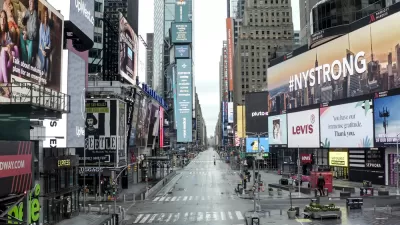
Biden Signs Legislation Ending Covid 19 National Emergency
The Covid 19 national emergency enacted by then-President Donald Trump in March 2020 was officially ended on Monday by President Joe Biden.
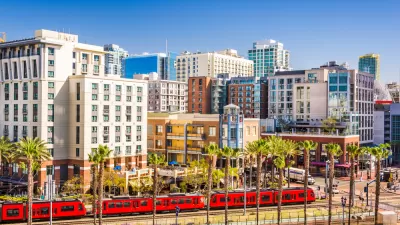
Day Two of the National Planning Conference: Staying on the Cutting Edge
The American Planning Association gathers for its first in-person National Planning Conference since 2019. Planetizen is in attendance. Here is some of what we saw on the second day of the conference.
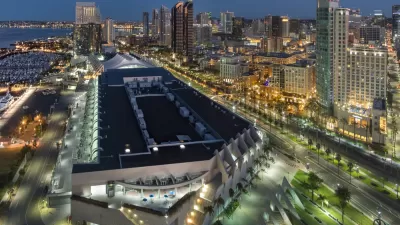
Day One of the National Planning Conference—Reunions, Pandemic Planning, Equity, and VMT
The American Planning Association gathers for its first in-person National Planning Conference since 2019. Planetizen is in attendance, and here is some of what we saw on the first day of the conference.
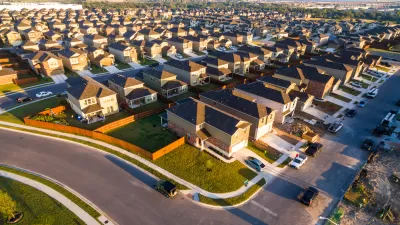
'Corporate Landlords and Market Power': Study Surveys the Single-Family Rental Boom
New research documents the growing footprint of large institutional investors in the housing market during the pandemic, converting more and more of the nation's single-family detached housing units into rental properties.
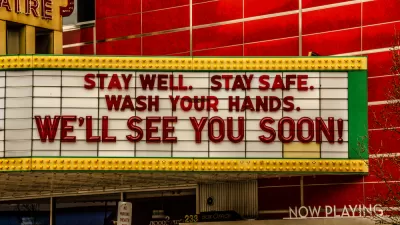
The 'Eviction Tsunami' and Other Pandemic Projections
The ups and downs of the pandemic have been extremely hard to predict, so the consequences of the pandemic have been just as unforeseeable—despite the efforts of a nation of armchair prognosticators.
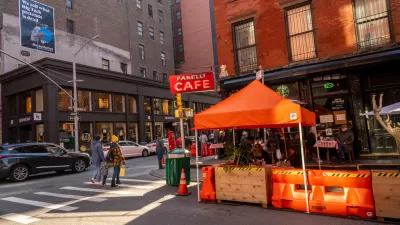
New York's Outdoor Dining Program Stays Controversial, Likely to Evolve
New York City's Open Restaurants Program, while here to stay, is going to see substantial changes, requiring new permits, as soon as next year.
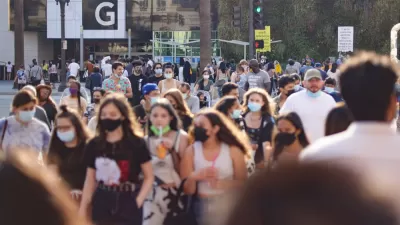
Despite Covid, Planners Expect Return to 'Old Normal,' Survey Says
Although the survey collects data from a small sample, it looks like North American planners don't expect the pandemic to change much about the way cities are planned.
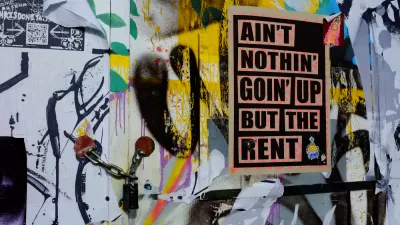
Rental Market Leaving More Americans Behind, Says Harvard Housing Report
The narratives of 1921, 2008, and 2020 are still in full effect after two years of pandemic disruption in the housing market. All the threats of eviction, homelessness, and systemic racism are still present, with the potential to worsen, in 2022.

Outdoor Dining: Too Popular to Abandon
Some cities that took the almost unprecedented step to loosen restrictions on outdoor dining in the early days of the pandemic are deciding to make their new outdoor dining rules permanent.

Omicron or No—Transit No Longer Free in Los Angeles
Metro Los Angeles is rolling back public health measures on its buses systemwide in the middle of the worst Covid wave of the entire pandemic.
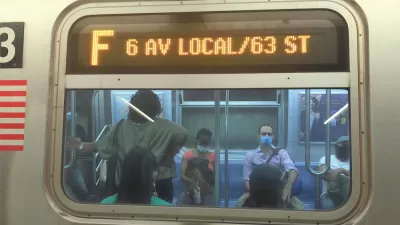
How Rail Transit Ridership Changed During the Pandemic
Almost all heavy rail transit stations lost riders in 2020, but some stations lost far fewer riders than others. The data reveals lessons for transit planning beyond the end of the pandemic (whenever that happens).
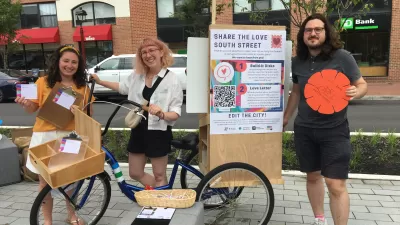
It's Time for Public Participation to Evolve With Transportation Planning
A manifesto by planning and transportation professionals committing to hearing all voices during public engagement processes.

Don't Call it a Comeback: Big Cities Are Outlasting Predictions of Demise
As the new world order of working from home and vaccine hesitancy settles in, it's time to reevaluate assumptions from early in the pandemic about the effect of the public health on the economic health of large cities.
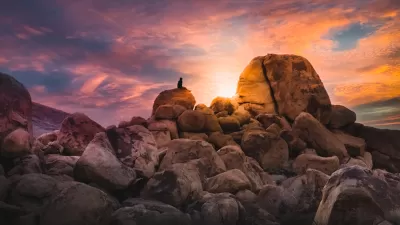
Exploring the Outdoors in a Socially and Environmentally Responsible Manner
To travel ethically, visitors to national parks need to be more mindful and better understand the history of the parks and their impacts on these spaces and surrounding communities.
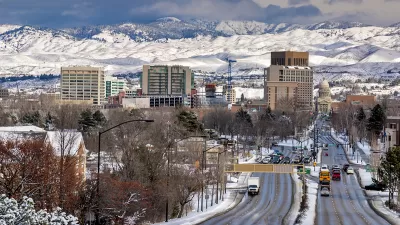
The Most Overvalued U.S. Housing Markets
A new study examines how far out of control some housing markets have gotten as a result of pandemic trends in real estate.

The Death and Life of the 'Death of the City' Narrative
At the onset of the pandemic, certain media figures were quick to jump on the bandwagon of anti-urbanism. While many of the anti-urban predictions failed to come about—neither did the problems of cities disappear.
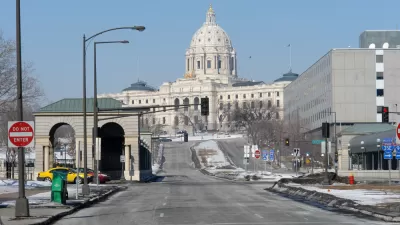
Rent Control Showdown in Minnesota
Republicans in the Minnesota State Legislature ditched an effort to block voters in the Twin Cities from implementing rent stabilization laws.
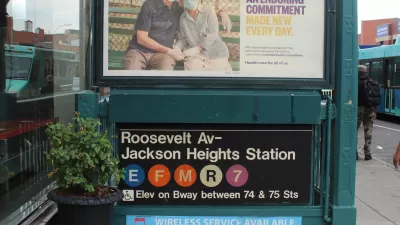
NYC Transit Ridership Patterns Have Shifted to the Outer Boroughs
Signs of the times, and more evidence of the essential service provided by public transit throughout the pandemic.

The Future of Downtowns Still Hangs in the Balance
Center City in Philadelphia offers a case study for one of the largest and potentially most consequential contingencies of the pandemic: What happens to downtowns is most workers never come back to the office?
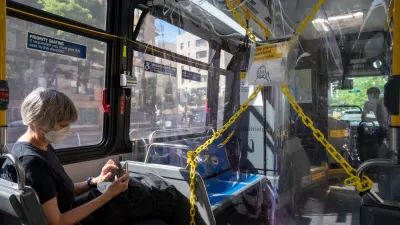
Taking Stock and Looking Forward: What's Next for Public Transit?
A group of 12 leading transit experts debriefed on the consequences of the pandemic for public transit, and proposed a future that centers public transit as a tool for economic recovery and righting the past wrongs of the planning profession.
Urban Design for Planners 1: Software Tools
This six-course series explores essential urban design concepts using open source software and equips planners with the tools they need to participate fully in the urban design process.
Planning for Universal Design
Learn the tools for implementing Universal Design in planning regulations.
Gallatin County Department of Planning & Community Development
Heyer Gruel & Associates PA
JM Goldson LLC
City of Camden Redevelopment Agency
City of Astoria
Transportation Research & Education Center (TREC) at Portland State University
Jefferson Parish Government
Camden Redevelopment Agency
City of Claremont


































